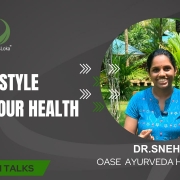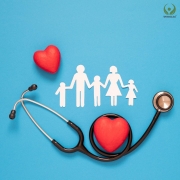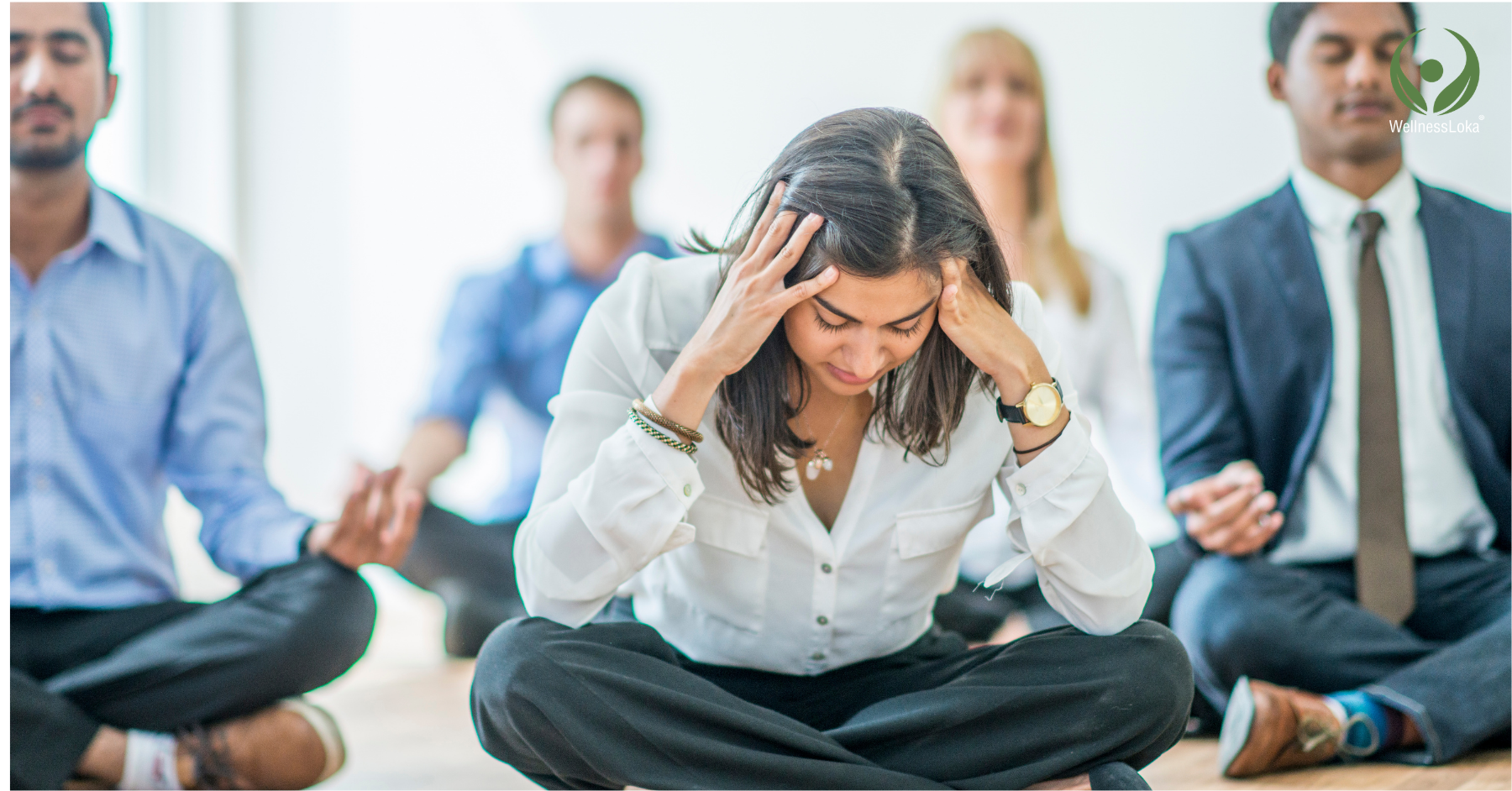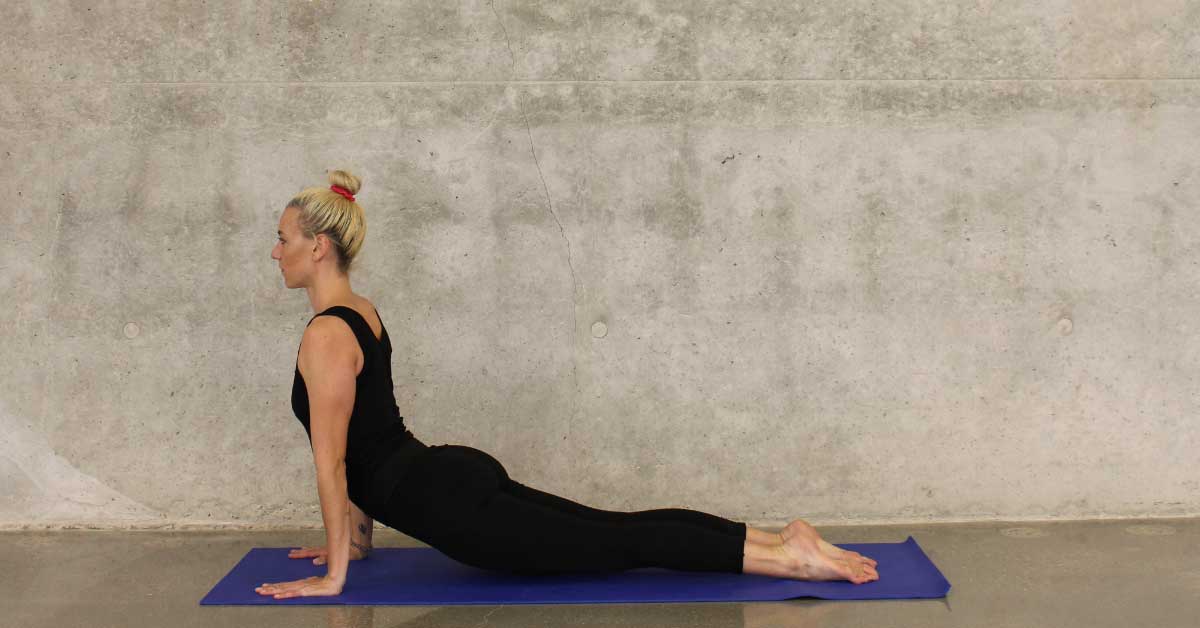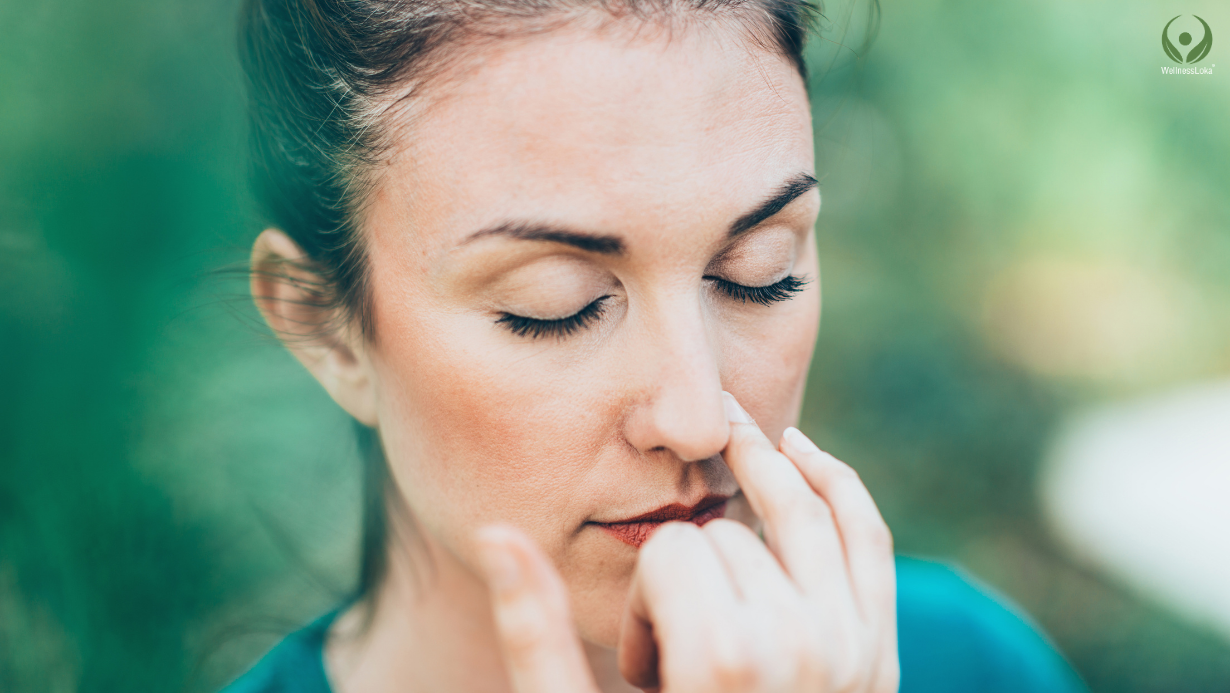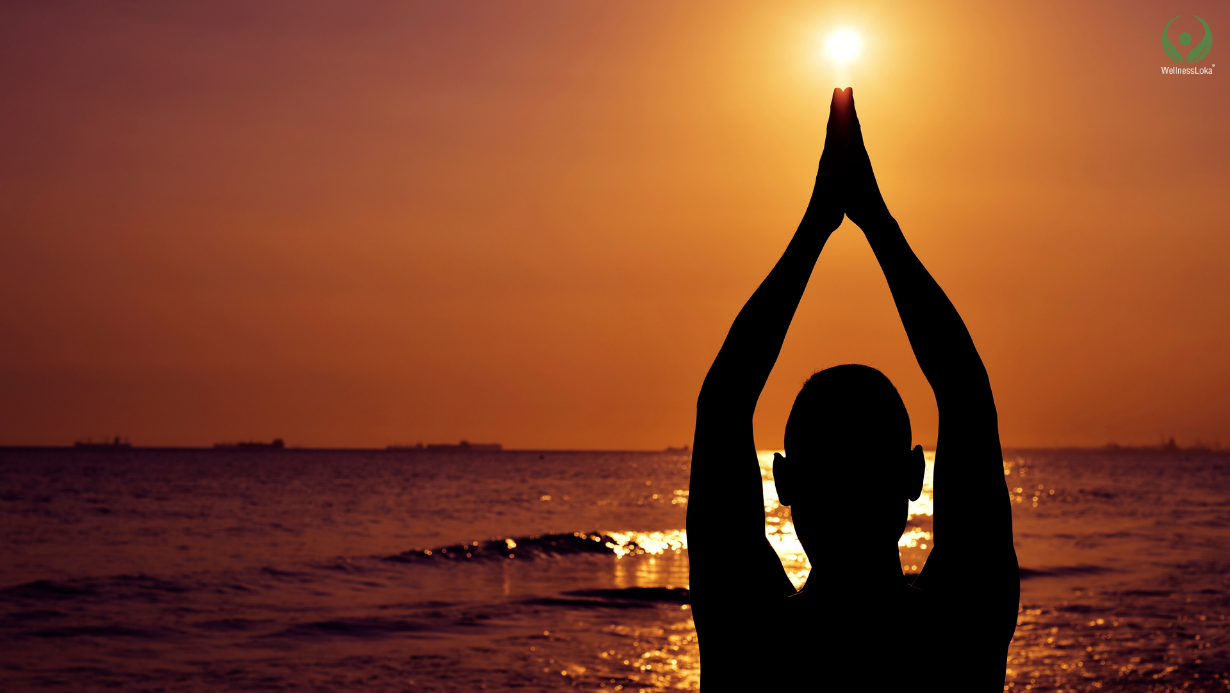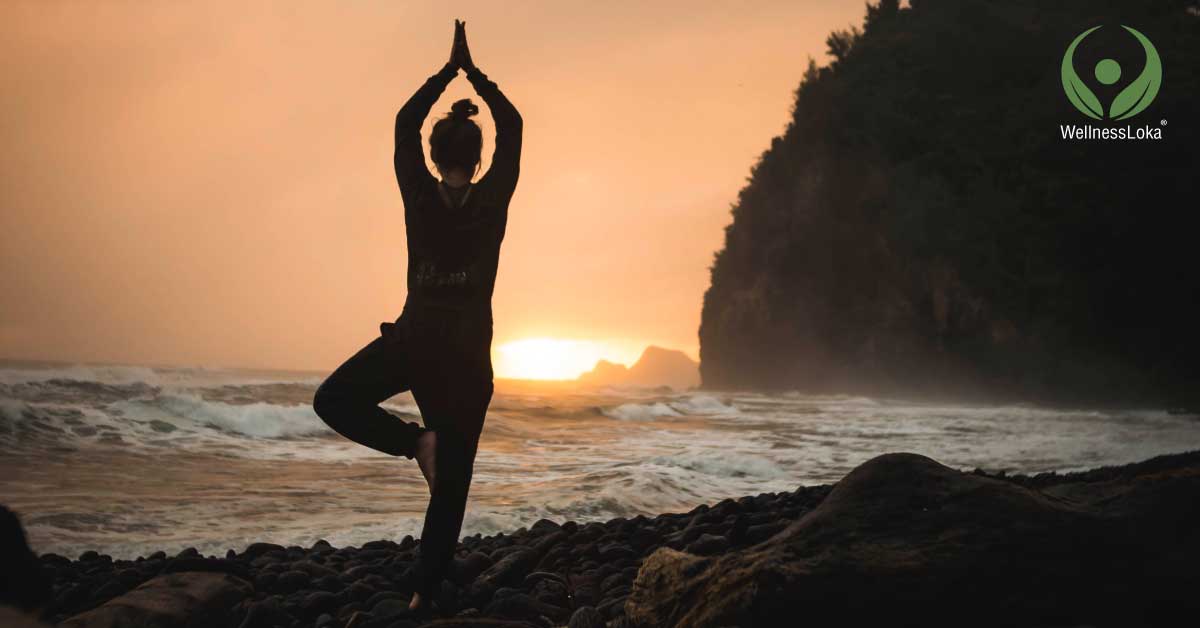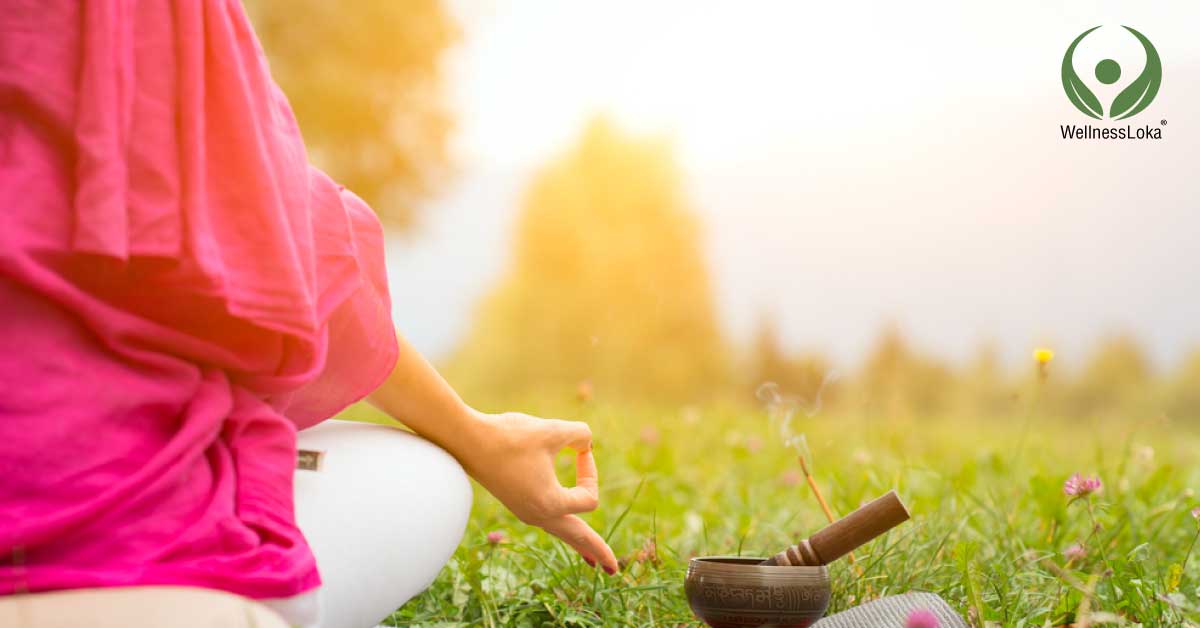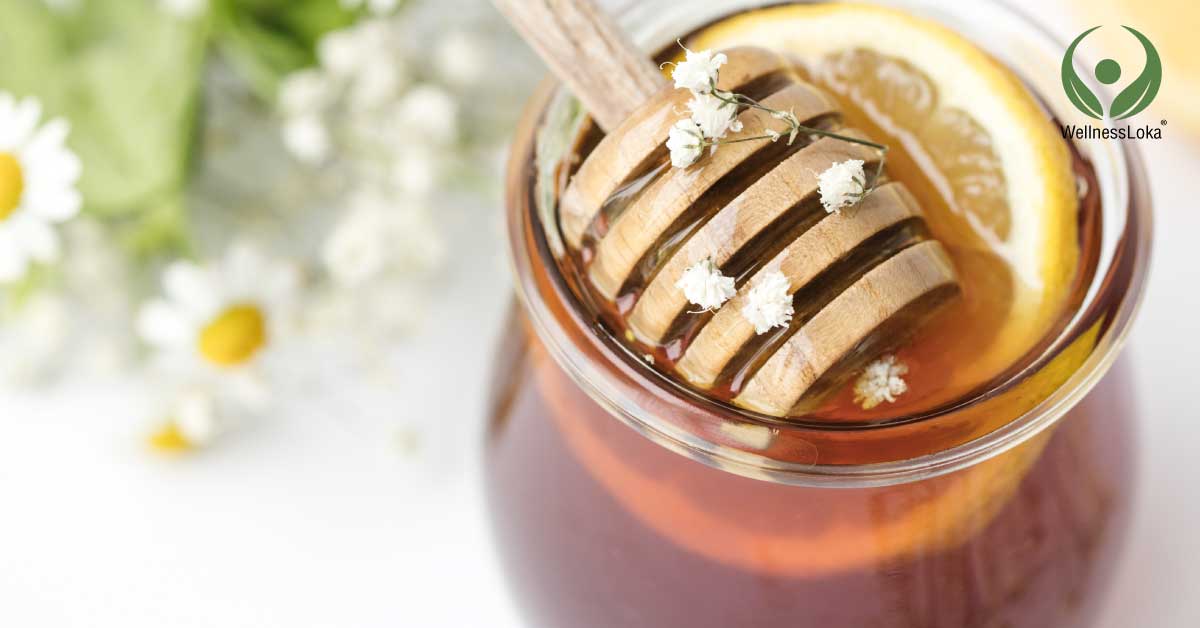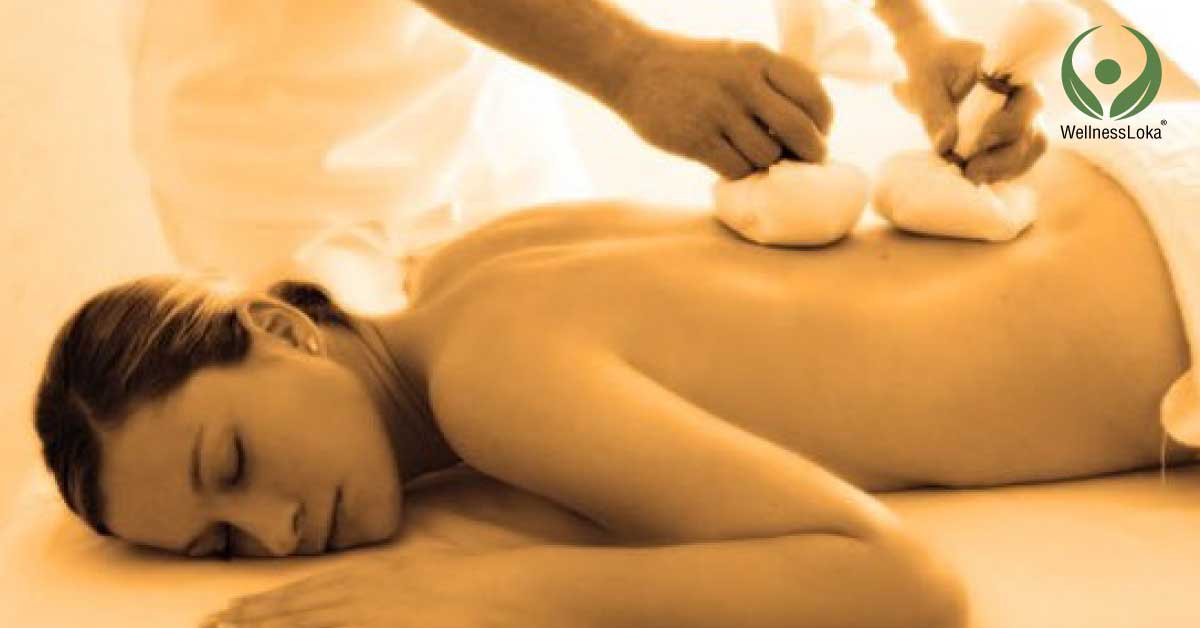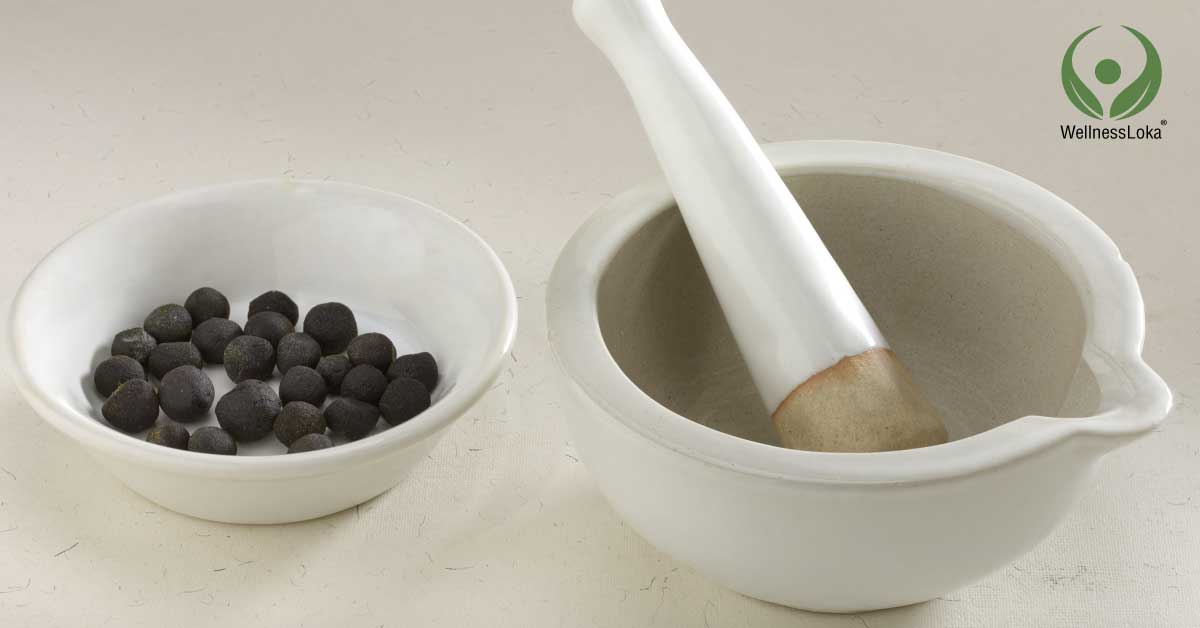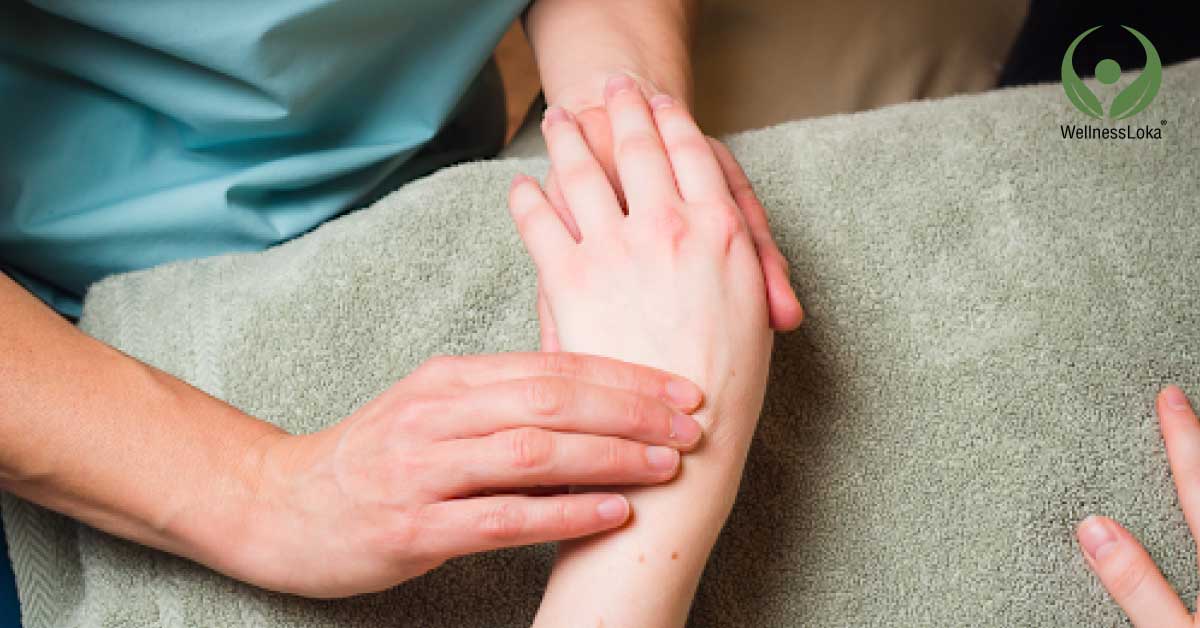Nurturing Health: A Conversation with Dr. Sneha, RMO at OASE Ayurveda Hospital

Introduction:
Welcome to our interview with Dr. Sneha, the Resident Medical Officer at OASE Ayurveda Hospital. In this enlightening conversation, Dr. Sneha shares her journey from Alvas Ayurveda Medical College to specializing under the renowned Dr. Suresh in Ayurvedic fracture healing. She also discusses the importance of lifestyle corrections in addressing prevalent health issues.
Q1: Dr. Sneha, could you tell us about your training with Dr. Suresh and the unique approach he had in treating fractures with Ayurveda?
Dr. Sneha: Certainly. Training under Dr. Suresh was an eye-opener. His specialization in Ayurvedic fracture healing, even in complex cases like femoral fractures, without surgical interventions was remarkable. Ayurveda techniques and medicines, both externally and internally, played a crucial role in the healing process.
Q2: In modern medicine, fractures often require surgical interventions. How does Ayurveda, as demonstrated by Dr. Suresh, offer an alternative approach to healing fractures without surgery?
Dr. Sneha: Dr. Suresh showcased the potency of Ayurveda in treating fractures without the need for surgery. Ayurvedic techniques involving medicines, bandages, and internal medications proved highly effective. It challenges the conventional belief that surgical interventions are the only solution for fractures.
Q3: Moving on to lifestyle, you emphasized the role of lifestyle in health issues. Can you share more about how Ayurveda addresses lifestyle diseases, and what role lifestyle corrections play in preventing and managing these conditions?
Dr. Sneha: Lifestyle diseases like diabetes, cholesterol, and hypertension are often a result of modern lifestyles. Ayurveda advocates correcting daily routines and habits as a primary treatment. This includes waking up and eating at the right times, avoiding excessive junk food, and fostering a balanced lifestyle.
Q4: What are the key lifestyle adjustments individuals can make to promote better health, especially in relation to waking up, eating habits, and the timing of meals?
Dr. Sneha: Adopting a disciplined lifestyle is crucial. Waking up at the right time sets the tone for the day. Eating at proper intervals, avoiding late-night meals, and steering clear of excessive junk food contribute significantly. These small adjustments form the foundation of a healthier life.
Q5: You mentioned the importance of avoiding food after sunset. Could you elaborate on how this practice contributes to overall well-being?
Dr. Sneha: Digestion tends to slow down in the evening. Consuming food after sunset can disrupt this natural rhythm, leading to indigestion and other health issues. Having dinner before sunset or at least by eight o’clock aligns with our body’s natural processes, promoting better digestion and overall health.
Q6: How does Ayurveda approach the consumption of junk food, and what advice do you have for individuals struggling with occasional indulgences?
Dr. Sneha: Ayurveda recognizes the reality of occasional temptations. While it’s okay to indulge once in a while, moderation is key. Excessive consumption of junk food can have detrimental effects on health. It’s about finding a balance and being mindful of the quantity and frequency of indulgences.
Q7: Can you provide insights into Ayurvedic recommendations for mealtime practices, such as eating in the right quantity, at the right time, and in a conducive environment?
Dr. Sneha: Ayurveda emphasizes mindful eating. Consuming food based on one’s weight and height, having meals at the right times, and eating in a clean and focused environment are essential practices. Eating slowly and calmly allows for better digestion and absorption of nutrients.
Q8: The three-hour gap between meals is a notable Ayurvedic principle. How does this practice contribute to digestive health, and what advice do you have for maintaining this gap?
Dr. Sneha: The three-hour gap aligns with the time it takes for our bodies to digest food. It’s crucial to allow complete digestion before introducing the next meal. Being mindful of this gap and not eating during the digestion period supports optimal digestion and overall well-being.
Q9: Could you share insights into the impact of food habits, specifically the consumption of spicy, oily, and salty foods, on our mucosal lining and overall gastrointestinal health?
Dr. Sneha: Spicy, oily, and salty foods can disrupt the mucosal lining, leading to various digestive issues. It’s vital to moderate the intake of these elements in our diets. Adjusting spice and salt levels, along with reducing the consumption of oily foods, contributes to a healthier mucosal lining.
Q10: Dr. Sneha, could you elaborate on the impact of lifestyle on the prevalence of diseases like diabetes, cholesterol, and hypertension, particularly in our aging population?
Dr. Sneha: Certainly. As we age, our susceptibility to conditions like diabetes, cholesterol, and hypertension increases. Lifestyle plays a pivotal role in these ailments. By fixing our daily routines and adopting healthy habits, we can significantly mitigate the risk and manage these conditions effectively.
Conclusion:
Our sincere gratitude to Dr. Sneha for sharing her profound insights into Ayurveda’s unique approach to fracture healing and the pivotal role of lifestyle corrections in achieving holistic health. This interview serves as an inspiration for those seeking a balanced and natural path to well-being.
Watch the full video on YOUTUBE
WellnessLoka is established with the aim of making the world a healthier and a happier place. With a carefully curated selection of 3500+ wellness retreats in collaboration with 250 trusted gurus and properties, we simplify the process of discovering and booking authentic Ayurveda and Yoga experiences. Our team of experienced wellness consultants and doctors are here to assist you choose the retreat that best aligns with your goals and budget. As your dedicated representative in Kerala, we prioritise your interests, ensuring peace of mind during your stay. We maintain long-term partnerships with resorts, allowing us to secure the best prices for you!
Visit www.wellnessloka.com to explore the world of authentic wellness retreats.

